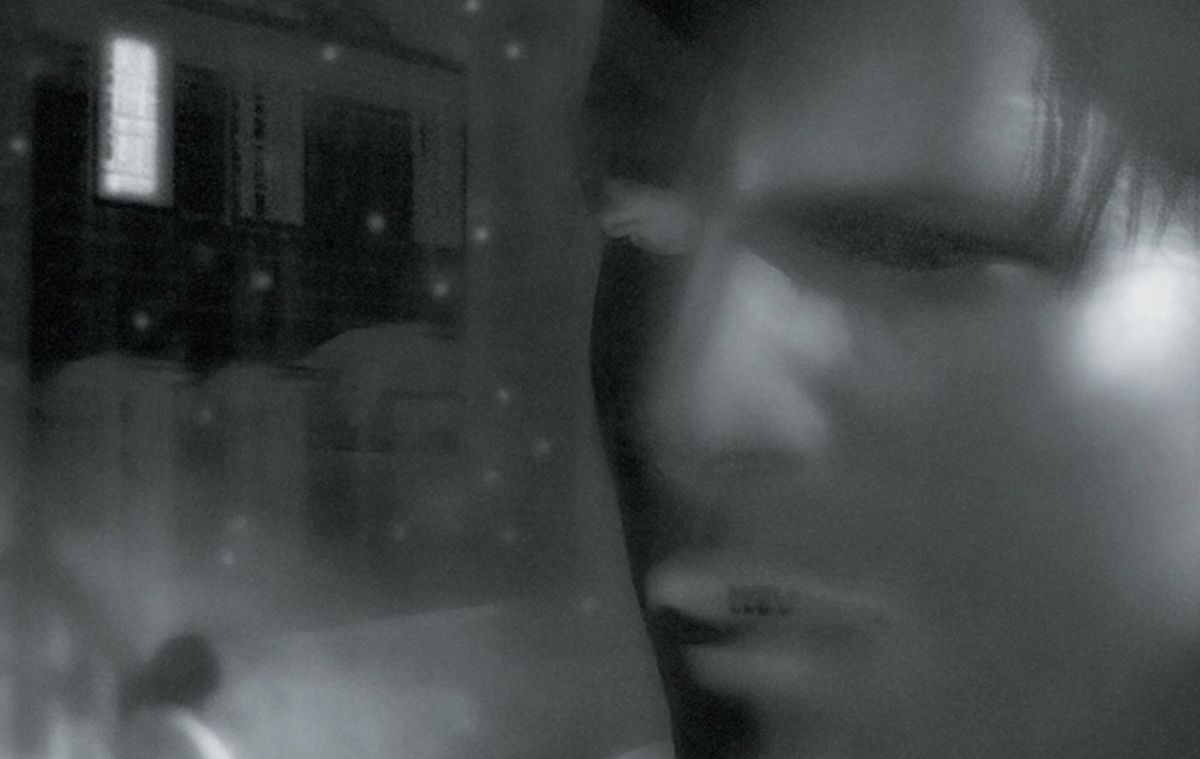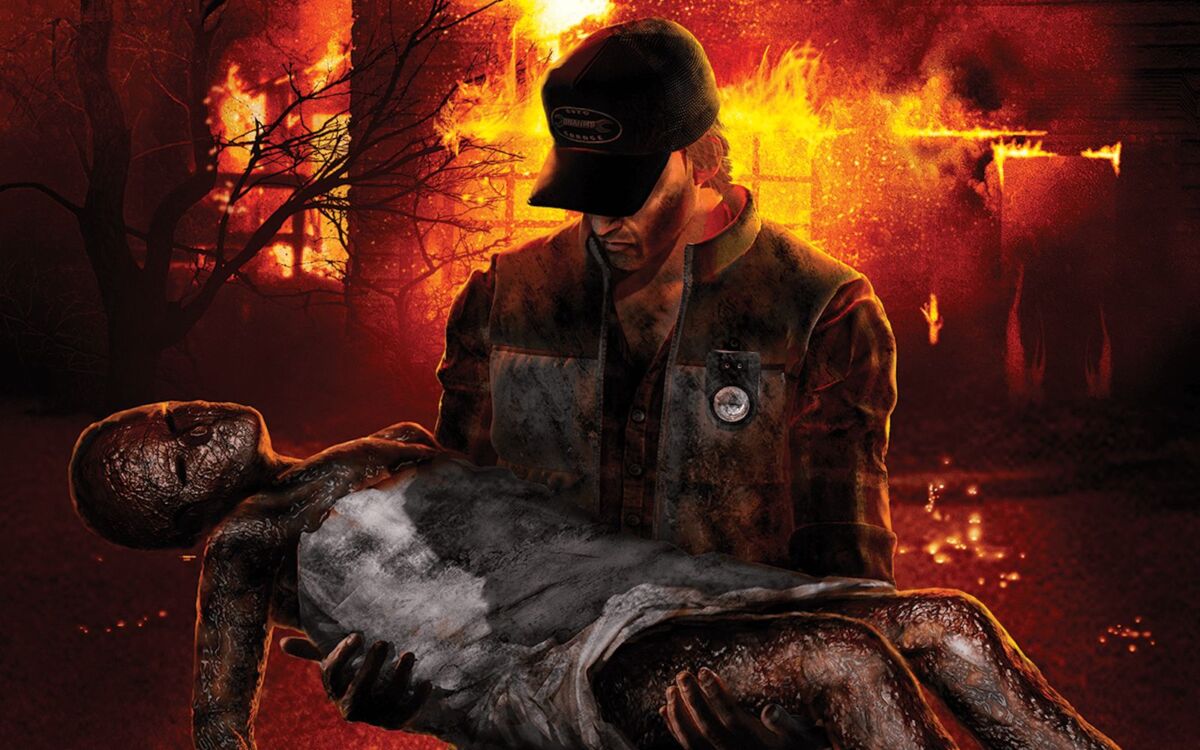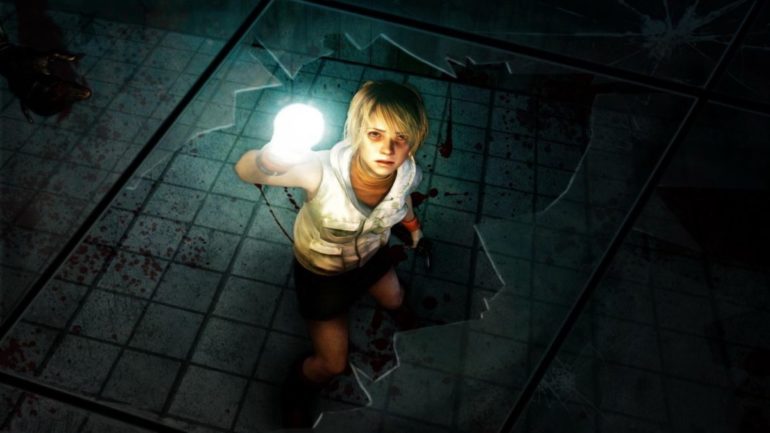Amidst the glut of prominent video game horror franchises like Resident Evil and Dead Space, Silent Hill occupies a unique place in players’ minds. While Resident Evil gained notoriety for its bevy of shambling zombies and frequent indulgence in B-movie schlocky excess, Silent Hill has cultivated a representation as a more atmospheric, art-house horror genre.
The first Silent Hill took inspiration from Stephen King’s ‘The Mist,’ in which an eerie fog rolls into a small town in Maine and wreaks havoc on its residents. The eerie locale meant Silent Hill could build its own distinct sense of setting, tying its terror to a geographical place. While the fog is well-known to have been a means of hiding the PS1’s insufficient draw distance, it also gave the game a distinct atmosphere, and a profound, unmissable visual representation of the unknown. You see the fog and know that something is lurking within.
Beyond just this distinctly ominous setting, Silent Hill also had a different, more refined approach to its horror. The stories in Silent Hill dove headlong into complex emotional stories about death and loss. The first game established this mix of external creepiness with internal struggle, like in this climactic cutscene that mixes grotesque horror with genuine sadness and an air of tragedy.
That cutscene also represents something fascinating about Silent Hill games: their mix of video game storytelling modes. While Silent Hill didn’t invent this mixing of visual mediums within cutscenes, it might have done it the best. The jump from in-game dialogue between PS1-graphic polygonal models into pre-rendered cutscenes is impossible to predict, and keeps players on their toes. Anything can happen in this strange town, and the way in which we explore the world, the graphical fidelity through which we perceive it all, is also subject to change.

The enemies in Silent Hill were also more distinct than just general zombies or monsters. The lack of concrete answers and the lingering unreality in most Silent Hill games made the strange creatures stalking you feel more like something that was happening to you specifically, summoned from the dredges of the protagonist’s mind.
Silent Hill 2 exemplifies these narrative strengths, and is often considered the high watermark for the franchise. In James Sunderland’s journey to this quiet town to find his lost wife, players experienced a complex story about grief, a lead character they couldn’t tell if they could trust, other characters equally memorable in their charm and their vices, and of course, the mascot monster of the series, Pyramid Head.
Silent Hill 2’s success is well-documented, but also cannot be overstated. Its mix of sincere storytelling, off-kilter side characters and environments, and pervasive atmosphere lodged into players’ minds as a definitive moment in video game horror.
While later games lost some of the emotional integrity of James Sunderland and Silent Hill 3’s Heather and shifted focus to try and emulate the early series’ eerie vibes, as well as returning to the more formulaic evil cult plot, the strength of Silent Hill’s initial success made it seem like no miss in the franchise could dim its cultural reverence.

Of course, the returns had to start diminishing at some point, though exactly when is actually somewhat hard to pin down. Silent Hill 4: The Room has its defenders, and even the prequel title Silent Hill: Origins had a strong atmosphere despite trying to tie into some sort of established, clear lore (a weakness of the franchise). The final proper Silent Hill game, 2012’s Silent Hill: Book of Memories for the Vita, was an isometric dungeon crawler that basically missed the point entirely of what made previous games so effective.
In terms of any more recent news regarding Silent Hill, we return to the P.T. debacle. Metal Gear Solid’s Hideo Kojima, film star Norman Reedus, and filmmaker Guillermo del Toro were working on a new release in the series, tentatively titled Silent Hills, and released the acclaimed “playable teaser” (P.T.) in 2014. However, when the working relationship between Kojima and Konami deteriorated, Silent Hills got the axe and PT was controversially removed from the PlayStation Store so no one else could ever play it. At least Kojima, Reedus, and del Toro all got to hang out while working on Death Stranding.
Konami effectively martyred Silent Hill when Silent Hills got cancelled. Whatever that game might have been, good or bad, was rendered purely hypothetical, which means it could have been whatever fans thought it would be. Now, it’s been nine years since Book of Memories and seven years since P.T., and all Konami has done with the Silent Hill IP is license some “official” pachinko machines. For now, it seems like this strange town has fully faded into the mist.
The greatest thing Silent Hill has going for it these days is, ironically, the fact that there hasn’t been anything new in years. For pro wrestling fans, it’s the CM Punk of survival horror — we love it because it’s gone, and we’re free to project on it all we want because it seems like it will never, ever, ever come back (or at least it was until he came back and ruined the analogy).

A recent article on VGC alleges that Konami is intending to revive Silent Hill, along with fellow defunct franchises Metal Gear Solid and Castlevania in the near future. If (and let’s be honest, it’s still a big if) this happens, the newest Silent Hill will have to directly challenge fans’ insurmountable preconceived notions of what a Silent Hill is meant to be in the modern age, and fans will have to square their fantasy versions with whatever reality throws at them.
As long as fans continue to go without a new Silent Hill game, the power its past games hold in their memories will only grow. For the time being, Silent Hill exists primarily in the minds of its fans, and the influence of its past continues to stretch like an eerie shadow over the landscape of modern horror gaming. Silent Hill has no body in the present, but its presence is everywhere. It is now, in many ways, a ghost itself.
READ NEXT: 5 Reasons Why The Silent Hill Film Is Worth A Watch
Some of the coverage you find on Cultured Vultures contains affiliate links, which provide us with small commissions based on purchases made from visiting our site. We cover gaming news, movie reviews, wrestling and much more.



